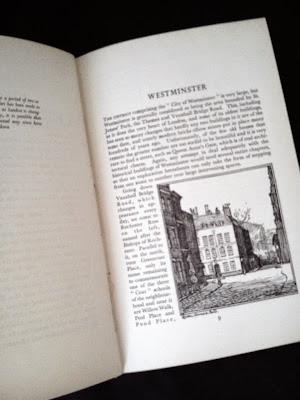The 15th Royal Irish Rifles in the Great War
This map shows some of the places where the 15th RIR battalion were located during service in France and Flanders. The 15th Royal Irish Rifles battalion was first posted to France and Flanders in October 1915, and remained active until the end of the Great War. Location information is primarily taken from Cyril Falls' A History of the 36th (Ulster) Division , first published in 1922. Other sources include the service record of Rfn William Cowan, from 1915 to 1919, and the diary of Private Harold Tugwell, details of which were posted online on the Great War Forum. View 15th Battalion Royal Irish Rifles WWI in a larger map
